Palestinian Authority President Mahmoud Abbas claimed last week that the First and Second Batei Mikdash were not in Yerushalayim — but in Yemen.
Speaking at the 32nd Palestinian Liberation Organization (PLO) Central Council meeting in Ramallah on Wednesday, Abbas accused Israel of plotting to destroy the Al-Aqsa Mosque and replace it with a Jewish temple, before launching into his latest historical revisionism.
“In the Noble Quran – and I believe that also in other divine books – it says that the Temples were in Yemen,” Abbas declared confidently. “People who like reading about religion can check it out.”
Scholars and historians might beg to differ — or laugh outright. The existence of the Batei Mikdash in Yerushalayim is one of the most thoroughly documented facts in ancient history, corroborated by archeological evidence, ancient Jewish, Roman, and even early Islamic sources. The First Bais Hamikdash, built by Shlomo Hamelech, was destroyed by the Babylonians in 586 BCE; the Second Bais Hamikdash was destroyed by the Romans in 70 CE.
But for Abbas, centuries of documentation apparently pale next to a talking point.
His remarks, flagged by the Middle East Media Research Institute (MEMRI), continued the PA’s long tradition of trying to erase the Jewish connection to Yerushalayim. “[The Jews say:] ‘This is ours and that was ours, and this is where Solomon’s Temple was,’” Abbas said. “I am telling you, a large part of history is falsified.”
Abbas’s foray into alternative history follows a long line of similar claims by Palestinian leaders. Yasser Arafat infamously asserted during the 2000 Camp David summit that the Bais Hamikdash never existed in Yerushalayim, insisting instead it was in Nablus. Later, the former Grand Mufti of Jerusalem, Ekrima Sabri, claimed that there isn’t a single stone in the city indicating Jewish history.
Of course, none of these claims withstand even basic scrutiny. As Professor Eric Cline of George Washington University notes, even early Muslim rulers referred to Jerusalem using terms derived from the Hebrew designation for the Bais Hamikdash — Bayt al-Maqdis, or “House of the Sanctuary.” Over time, that name evolved into the Arabic term Al-Quds — “The Holy” — which still refers to Jerusalem today.
Historical evidence aside, Abbas’s latest speech fits a familiar pattern: rewriting history to delegitimize Jewish ties to Eretz Yisroel. That effort runs into uncomfortable artifacts like the Merneptah Stele — a 3,200-year-old Egyptian monument that contains the earliest reference to “Israel” as a people in the land of Canaan — but facts, it seems, are no obstacle for a determined political narrative.
At least this time, Abbas offered listeners a way to verify his theory: “People who like reading about religion can check it out,” he said.
Historians would likely suggest starting with a map.
(YWN World Headquarters – NYC)

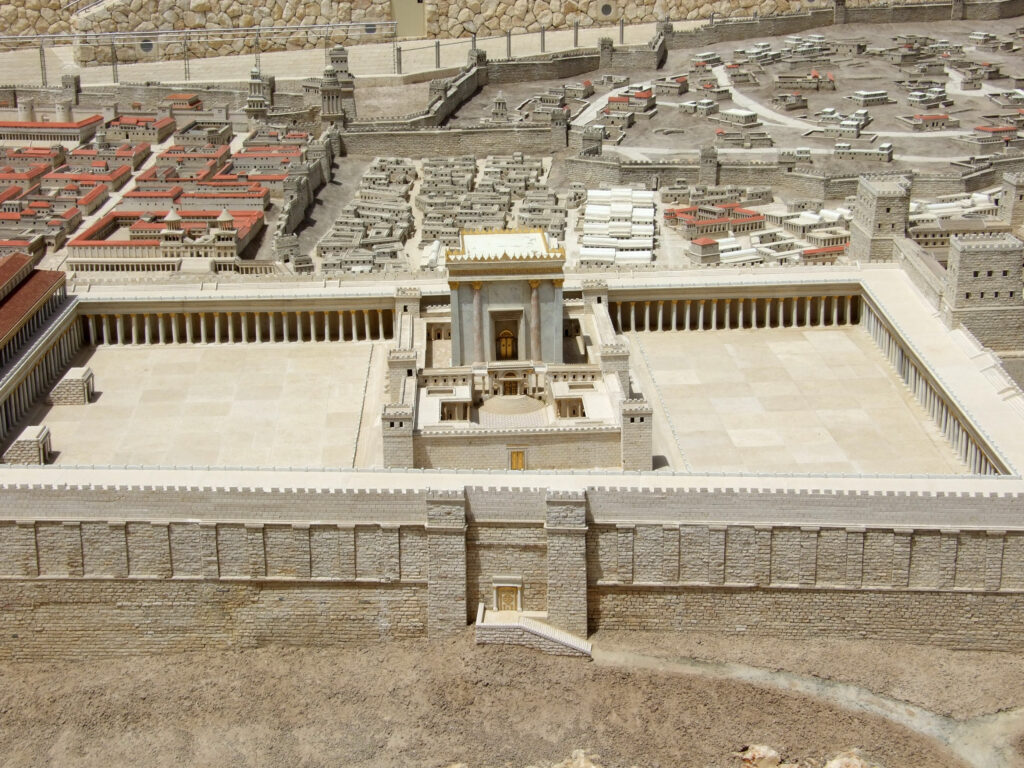
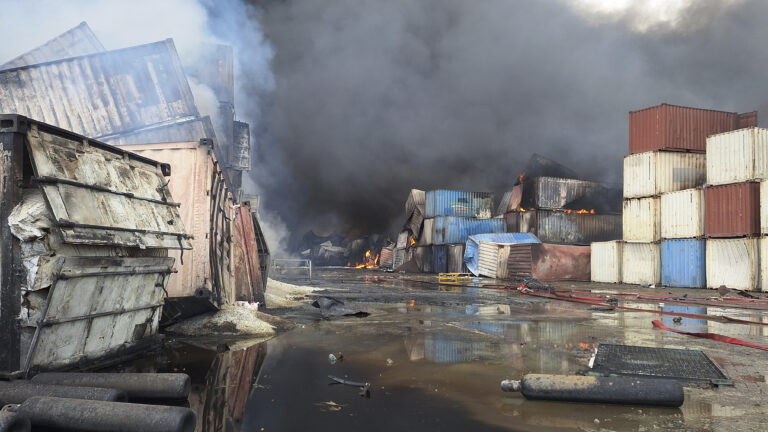
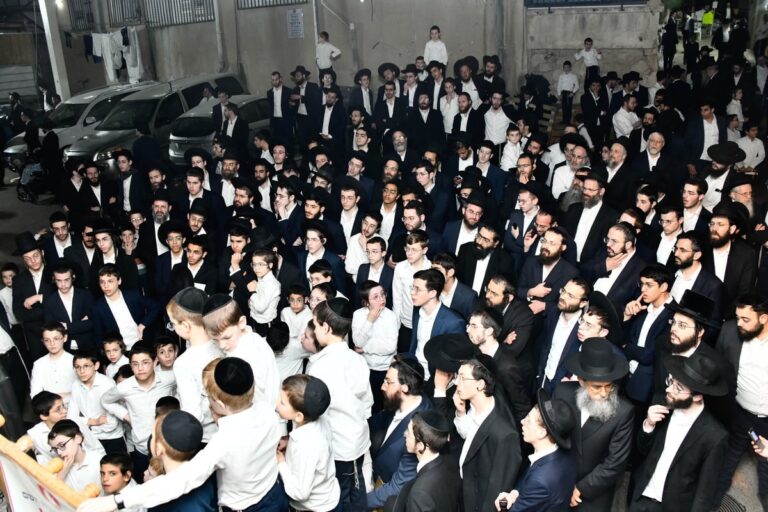
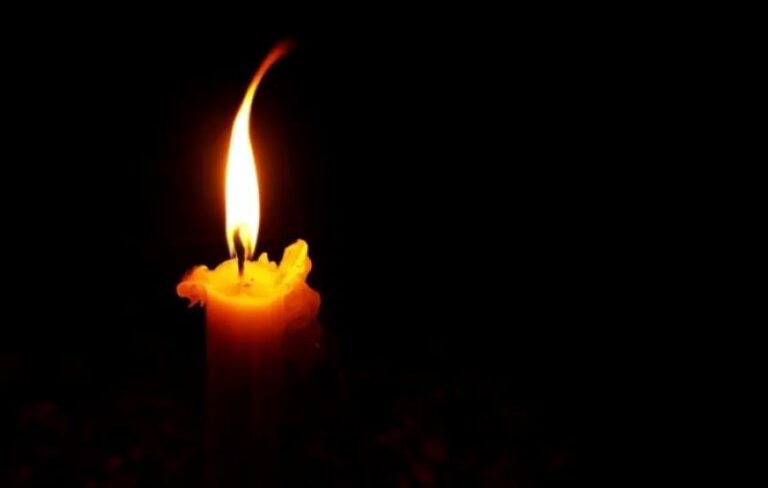
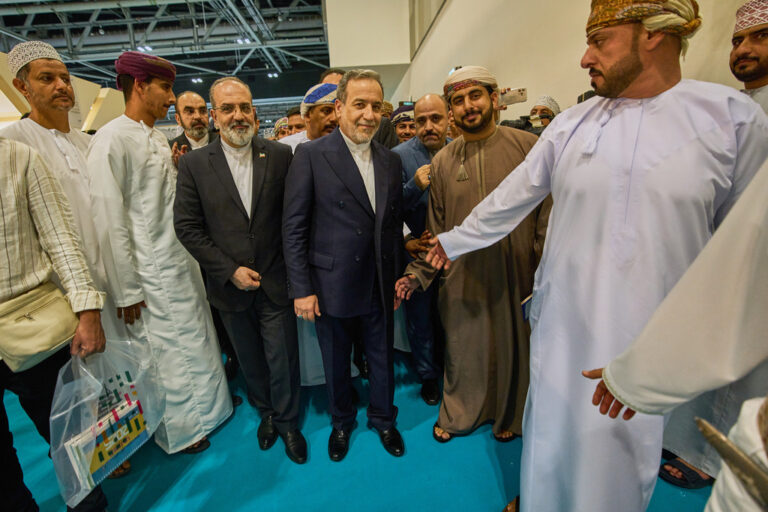

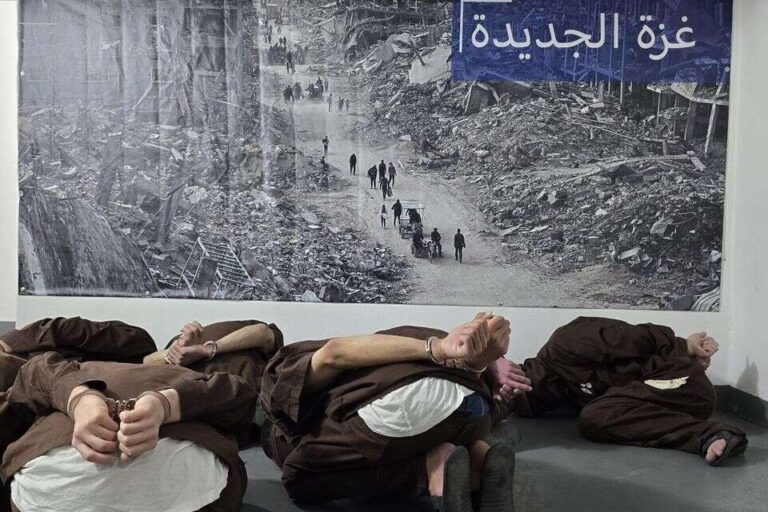
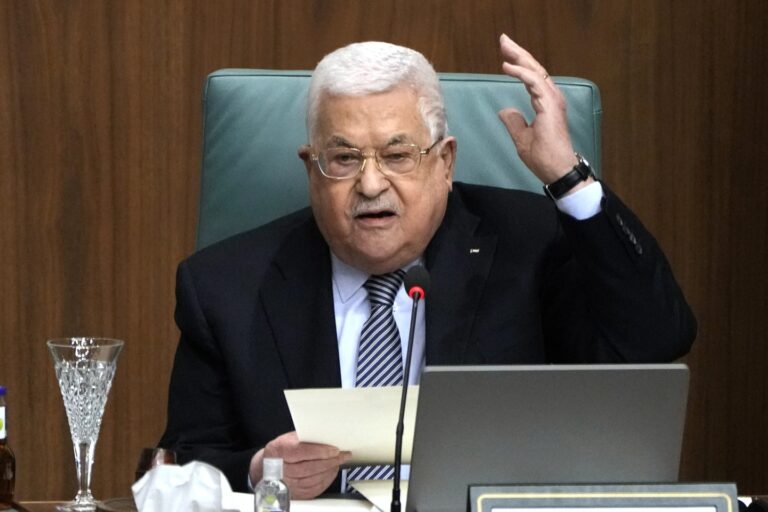
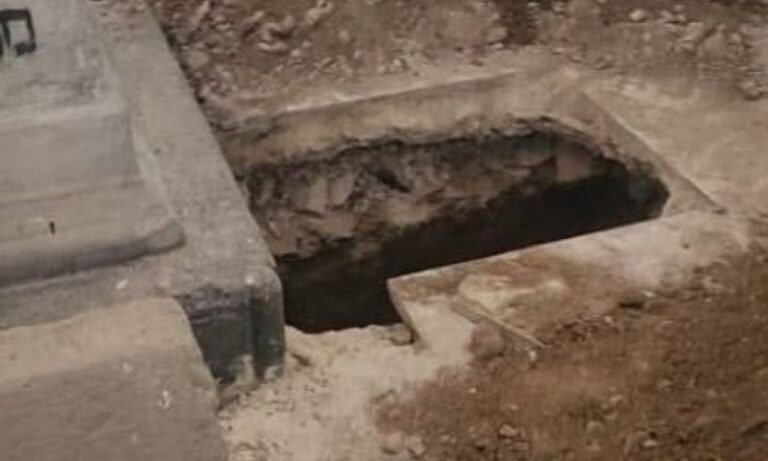
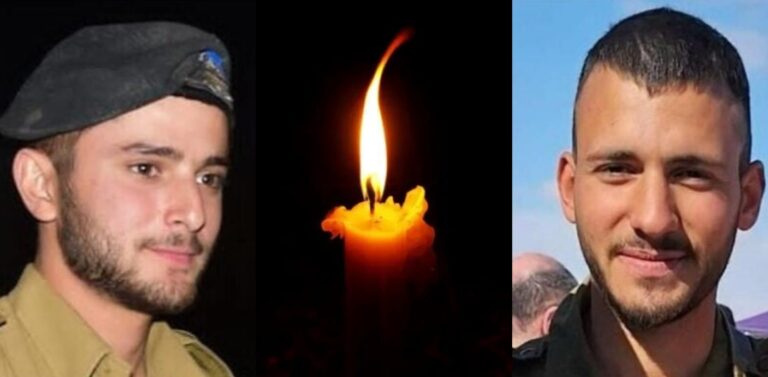
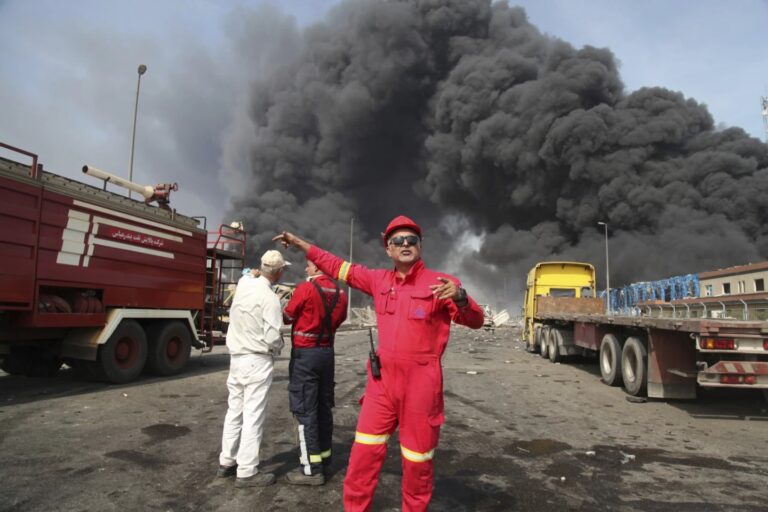
3 Responses
Abbas may as well get Brandon to help with his new narrative. They both seem to be suffering from some weird dementia.
Yeah abbas….yet somehow they are finding numerous artifacts from the first and second Beis Hamikdash in JERUSALEM!! what a born liar he is
Please clarify the headline.
Which part would be big if true-Mahmoud Abbas making the claim or the claim itself?